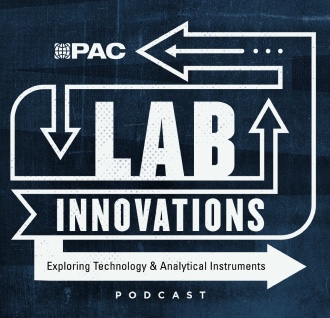Nov-2023
Crude-to-chemicals complex Transition to a net-zero future (RI 2023)
In today’s world, the expanding chemical value chain requires superior processing flexibility to shift hydrocarbons from fuels to olefins and aromatics molecules, achieving excellent conversions and yields.
Sophie Babusiaux AND Thierry Leflour
Axens
Viewed : 2866
Article Summary
In response to this demand, crude-to-chemicals (CTC) complexes integrate the latest advanced refining and petrochemical technologies. Value capture in a CTC complex begins with pushing forward the conversion of residue streams within the conversion block, followed by the selective processing of intermediate light and heavy naphtha products in the olefins and aromatics blocks, respectively, to finally feed the polymers value chain.
Selected mature and advanced technologies must be efficiently combined in a CTC complex to convert most of the bottom of the barrel into targeted petrochemical intermediate products, including ethylene, propylene, benzene, and paraxylene.
In this article, the discussed conversion blocks are centred on HS-FCC™ or H-Oil® core technologies, which are advanced representatives of the fluid catalytic cracking (FCC) or ebullated bed hydrocracking conversion routes, respectively.
The selected core conversion technology is embedded in a tailored conversion scheme. Here, full conversion hydrocracking units are used to upgrade atmospheric and vacuum distillates from either straight-run or cracked origin into high quality light and heavy naphtha to feed the olefins and aromatics blocks.
The olefins block is organised around steam cracking technology, which is the most common route to olefins, followed by selective hydrogenations to obtain on-specification monomers and co-monomers to feed the high-value polymers value chain. If selected for the conversion block, HS-FCC technology adds direct propylene production at a higher yield than conventional FCC technologies.
The ParamaX® aromatics block produces aromatics from heavy naphtha and further embeds aromatics extraction, rearrangement, and purification processes. It also benefits from synergies with the conversion and olefins blocks to valorise the aromatics of all intermediate streams in accordance with the CTC concept.
Choosing between HS-FCC or H-Oil as the core conversion technology and, beyond that, defining the adequate combination of technologies to best serve the conversion, olefins, and aromatics blocks objectives depends on two things:
1 The petrochemical products mix to be yielded from the selected crude blend qualities
2 Respecting project profitability targets in the forecasted economic environment and fulfilling project environmental goals.
This assessment requires recognised technical expertise in feeds and product qualities, mastering each technology, as well as a deep understanding of CTC projects. This includes their economic and environmental evaluation, design execution, and servicing in real-life operations.
Appropriate selective technical solutions and continuously improved energy-efficient process designs, such as the third-generation energy-efficient (3GEE) ParamaX technology, now make it possible to deploy CTC complex technologies in compliance with even the most stringent carbon footprint reduction objectives, helping the industry to decarbonise sooner.
The carbon footprint of the CTC complex can be reduced by applying lower-carbon solutions. The first step includes a renewable power supply to rotating machines, the replacement of selected fired fuel gas heaters with electrical heaters, and the production of low-carbon hydrogen through electrolysis using renewable electricity.
The second step deploys CO₂ capture solutions. AdvamineTM pre-combustion CO₂ capture technology is used for a lower carbon emission hydrogen production process, which enables hydrogen firing. DMXTM post-combustion CO₂ capture is used on flue gases from fired heaters, gas turbines, and boilers. Both solutions are proven technologies for capturing CO₂ before release into the atmosphere. The captured CO₂ is then compressed, transported, stored or eventually used.
Thanks to a combination of low-carbon solutions and technologies, Axens can bring CTC complexes closer to a net-zero carbon future that is technically feasible and economically viable.
This short article originally appeared in the 2023Refining India Newspaper, which you can VIEW HERE
Sponsor:
Add your rating:
Current Rating: 4

















